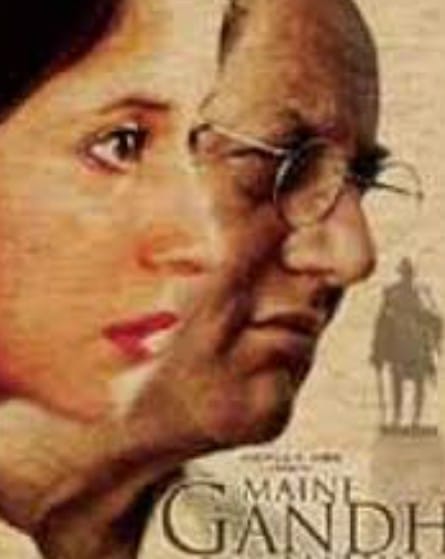The poem ‘Koshish karne walon ki haar nahi hoti’ by renowned Hindi poet ‘Sohanlal Dwivedi’, Directed by ‘John Barua’ and produced by Anup Mukerji, is an ever-lasting masterpiece. Let’s get to the story: it’s about a teacher who gradually starts to lose his memory and causes problems for his family. The narrative takes a dramatic turn when he begs everyone to accept that “I did not kill Gandhi on purpose,” despite the fact that his family responds to his circumstances differently. How does he feel about Gandhi? And the family’s response? You must see the movie to find out how the narrative finishes. When I took this screenplay as a case study, I was reminded of ‘Sir Arthur Klasser’s’ creative process, which is that when the idea of bi-associative thinking is given a literal form, it is not only an abstract process, but it can also add purpose to it. The processes begin at two levels in the mind of the moviegoer: the conscious and the unconscious.Silence occurs at both the conscious and unconscious levels, causing the spectator to pause and reflect. If one form moves at the conscious level, another form moves at the unconscious level. Bringing these two levels together is the screenplay’s goal. Some people behave in a way that appears meaningless to us, and we ignore it, but eventually their actions, events from their early years, fears, and anxieties come to pass. ‘’Anup Mukerji’s’ performance, which follows the idea of Thought Provoking, moves from the valley to the summit while using Urmi’s motions to elicit thought from the audience. By.Prakash Surya
“Maine Gandhi Ko Nahin Mara” By.Prakash Surya
83
previous post


